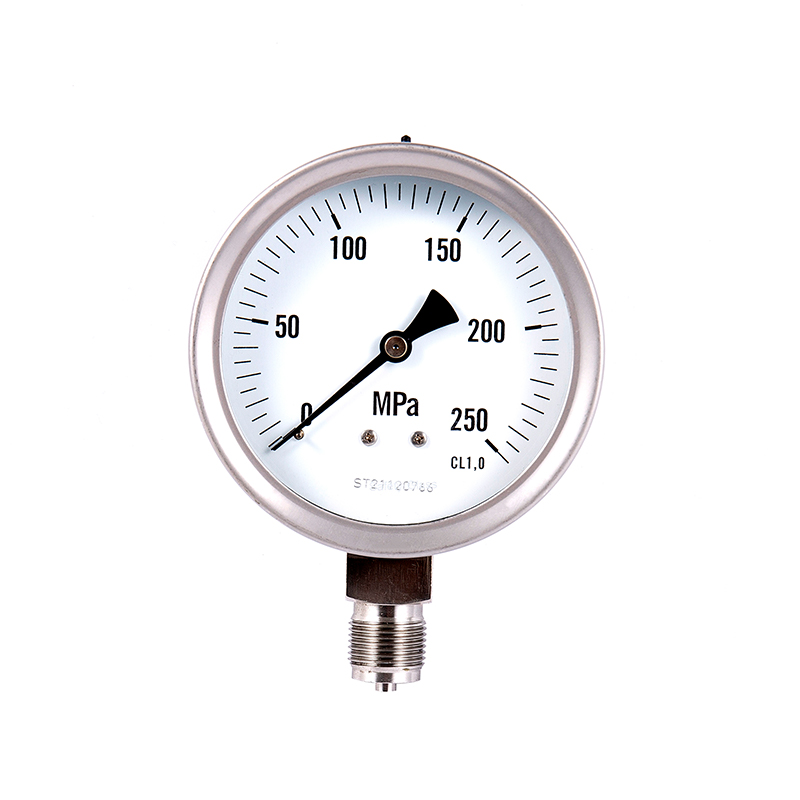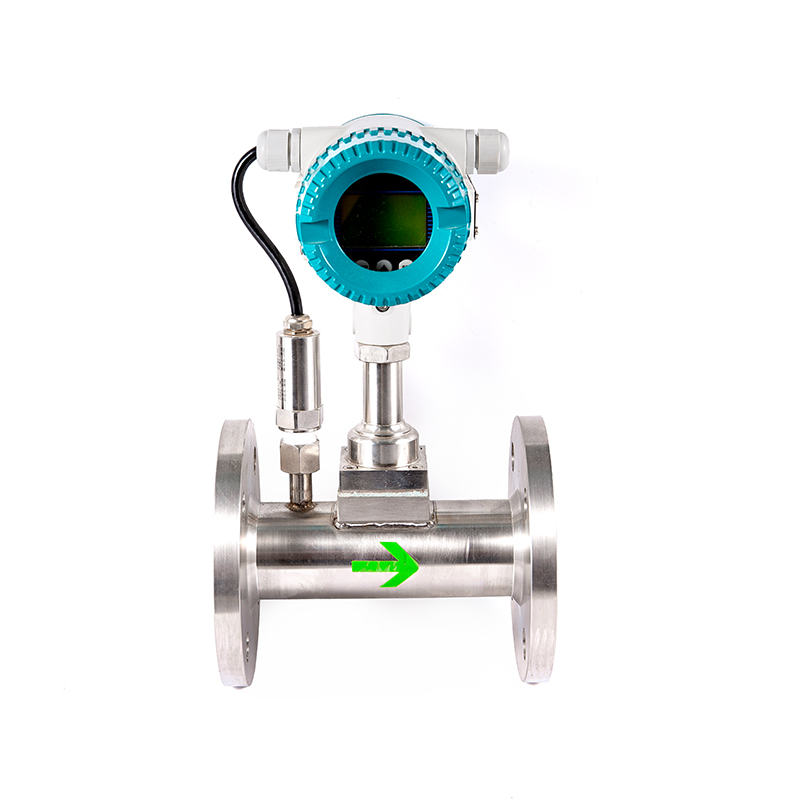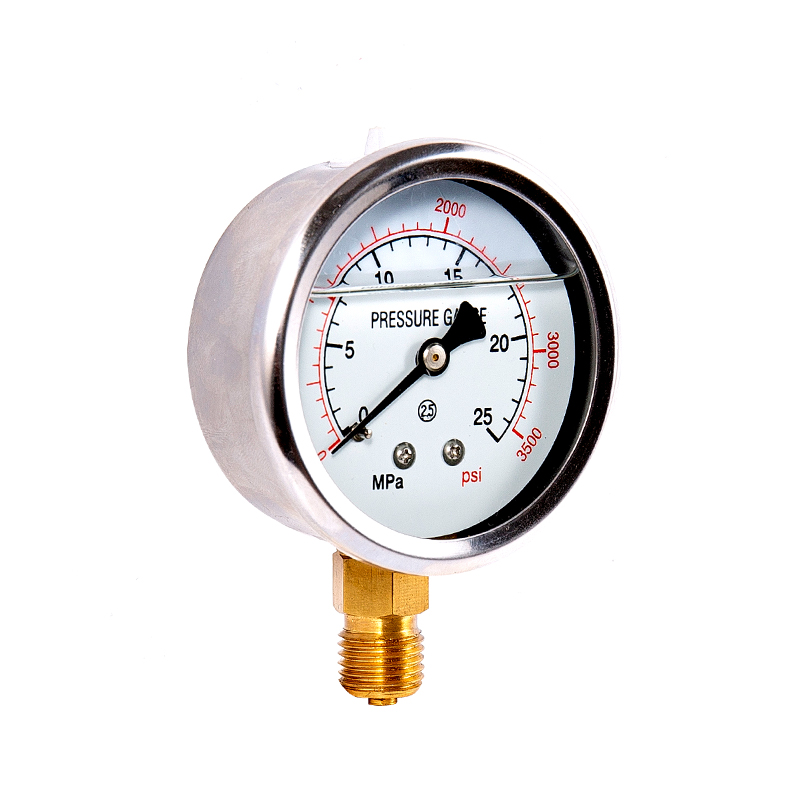Y series general stainless steel pressure gauge
Cat:Pressure Gauge
◆ Model: Y40 Y50 Y60 Y75 Y100 Y150 Y200 Y250◆ Use: This series of instruments is suitable for measur...
See DetailsFlow meters and manometers are closely related in industrial measurement and control systems, mainly through the principles of fluid mechanics and practical application scenarios. The following are the main connections and collaborative effects between them.
The correlation of measurement principles
·Bernoulli Equation: Many flow meters (such as orifice plates, Venturi tubes, differential pressure flow meters) calculate the flow rate indirectly by measuring the pressure difference of the fluid. Pressure gauges provide crucial pressure difference or static pressure data in such scenarios.
·Fluid characteristics dependence: The relationship between flow rate and pressure is influenced by factors such as fluid density and viscosity. It is necessary to combine pressure data to correct the flow measurement (for example, gas flow rate is significantly affected by pressure changes).

Manometers

Flowmeters
System monitoring and control
· Process stability: The pressure gauge monitors the pressure fluctuations in the pipeline. If there is an abnormality in the pressure (such as blockage or leakage), the reading of the flowmeter may become invalid or distorted.
· Closed-loop control: In pump or valve control systems, the signals from the flowmeter and pressure gauge are jointly fed back to the controller, allowing the equipment to be adjusted to maintain stable flow and pressure (such as a PID control loop).
Calibration and Compensation
·Pressure compensation: For gas flow meters (such as turbine, thermal type), pressure data is required for converting the volumetric flow rate to standard conditions (Nm³/h) to avoid errors caused by pressure variations.
·Fault Diagnosis: A sudden drop in pressure may indicate a pipeline leak. At this point, the reading of the flowmeter will be abnormally high. It is necessary to investigate the problem by combining the data from the pressure gauge.
Typical Application Scenarios
· Differential pressure flowmeter: The flow rate is calculated directly based on the pressure readings from the high-pressure (P1) and low-pressure (P2) pressure gauges.
·Pump/Compressor System: The outlet pressure gauge is linked with the flow meter to ensure that the equipment operates within the safe pressure range and delivers the expected flow rate.
·Pipeline network balance: In the water supply/ gas supply networks, the pressure distribution and flow distribution need to be monitored simultaneously to optimize efficiency.
Selection and Installation
· Positioning coordination: Pressure gauges are typically installed upstream and downstream of the flow meter to provide reference pressure or to verify the stability of the flow pattern (such as to avoid vortex interference).
·Range matching: For the high-pressure system, pressure-resistant gauges need to be selected. At the same time, the range of the flowmeter should cover the flow range under pressure variations.
Summary: Flow meters and pressure gauges are essentially complementary: the flow meter focuses on "flow volume", while the pressure gauge focuses on "pushing force". Their combined use can enhance system reliability, especially in dynamic operating conditions or high-precision scenarios (such as in the chemical and energy industries). In practical applications, the data from both are often integrated into SCADA or DCS systems to enable comprehensive analysis and control.

Vortex Flow Meter

Anti-vibration Manometer